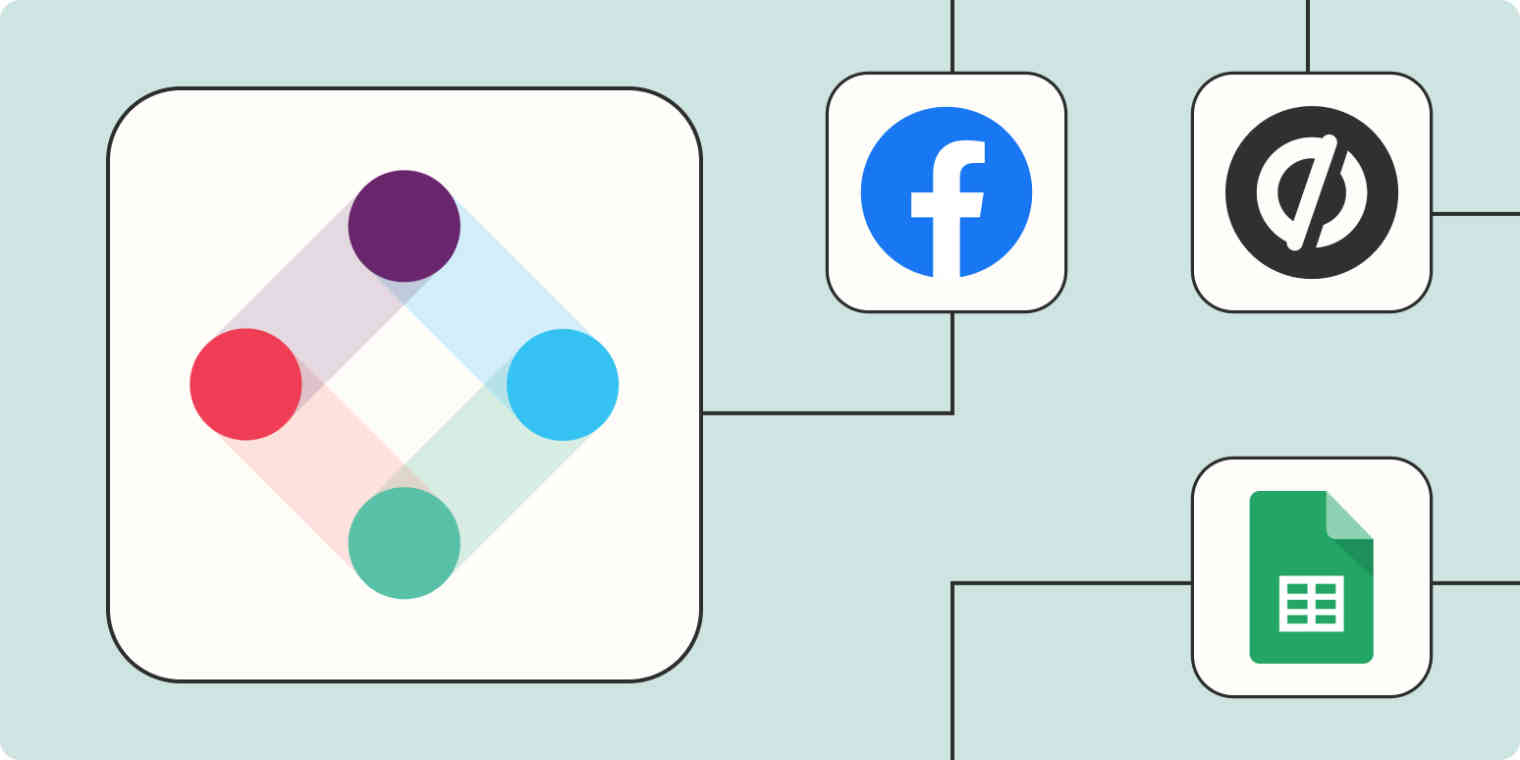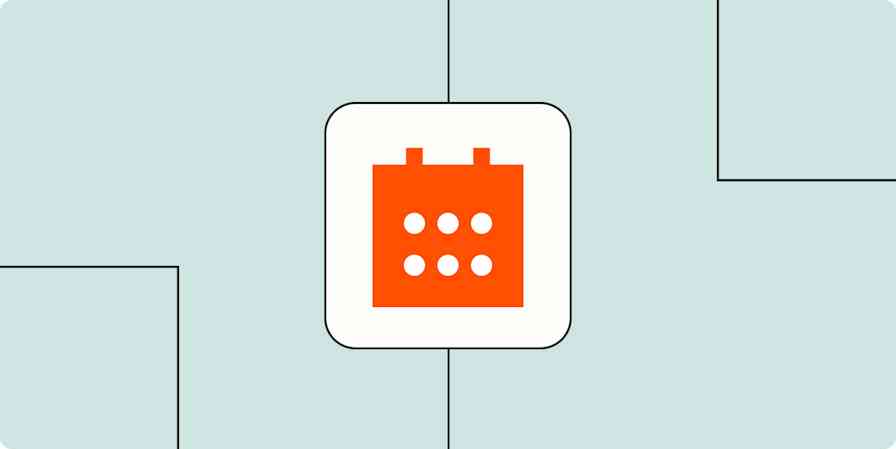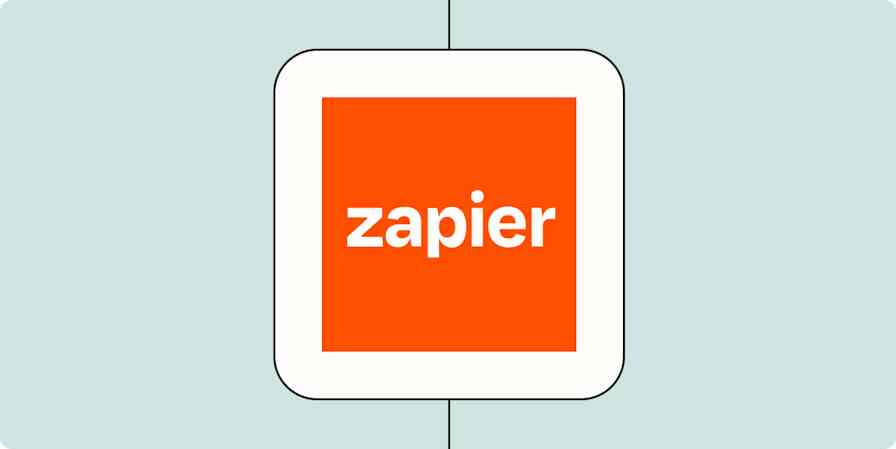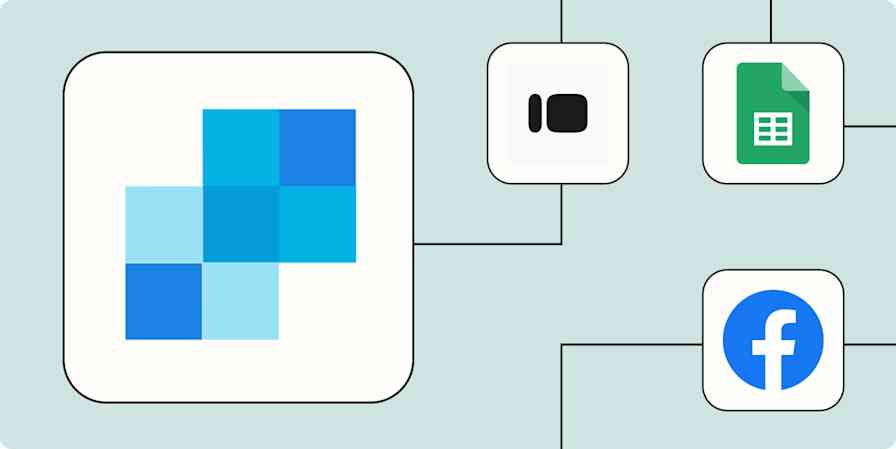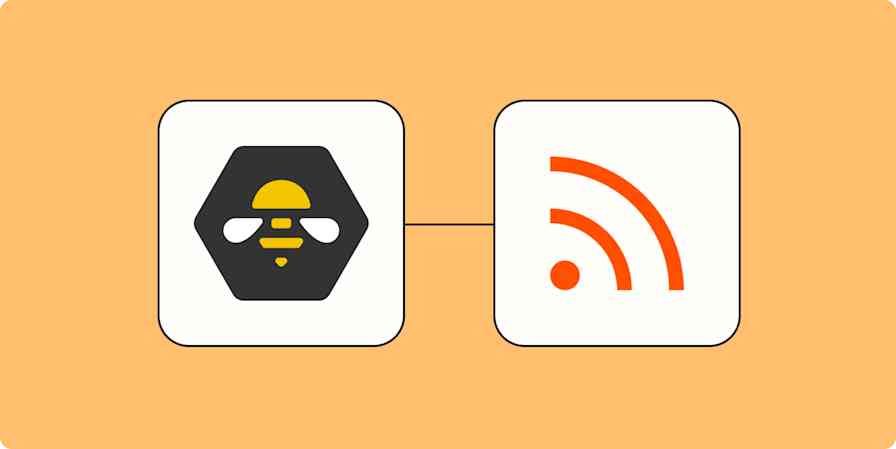On its own, Iterable is a robust, cross-channel marketing platform that makes it easy to create optimized customer experiences. But when you add automation into the mix, you make it even more powerful.
Every organization finds customers in different places, so it's helpful to create avenues of communication between the top of your customer funnel and your marketing platform. Whenever users click on a social media ad, submit a form, or put an item in their cart, you want to be confident that the correct information is being sent to Iterable for the next step in their customer journey.
Zapier's automated workflows—called Zaps—connect Iterable to the rest of your tech stack for a more complete marketing funnel tailored to your team's unique processes.
Zapier is the leader in workflow automation—integrating with 6,000+ apps from partners like Google, Salesforce, and Microsoft. Use interfaces, data tables, and logic to build secure, automated systems for your business-critical workflows across your organization's technology stack. Learn more.
Table of contents
To get started with a Zap template—what we call our pre-made workflows—just click on the button. It only takes a few minutes to set up. You can read more about setting up Zaps here.
Track events
In Iterable, "events" are actions your users take, such as opening an email, making a purchase, or clicking a link. The platform has a robust native automation feature that lets you set up "journeys" mapping out message flows triggered by specific events. But what if the user takes an action you'd like to track that isn't monitored within Iterable?
That's where Zapier's workflows come in handy. With Zaps like these, you can ensure that whatever the inciting "event" is—like a Facebook lead, a purchase, or a form submission—your customers' actions are consolidated into one place. From there, you can slot your customers into your marketing funnel appropriately.
Track event in Iterable for new leads in Facebook Lead Ads
Create events in Iterable for new Typeform submissions
Create events in Iterable for new Instapage form submissions
Create events in Iterable for new Google Form submissions
Track events in Iterable from new or updated spreadsheet rows in Google Sheets
Create or update users
You probably find new contacts from various sources, from purchase transactions to ad clicks to form submissions. It can be difficult to keep up with all of these different potential lead sources as your marketing efforts scale—and it's inevitable that some new users will fall through the cracks if you rely on manually collecting them.
To ensure that each new prospect or contact is added to the appropriate marketing communications flow, use one of these Zaps.
Create users in Iterable from new form submissions in Unbounce
Create new users in Iterable from new Typeform form entries
Create a user in Iterable from a new lead in Facebook Lead Ads
Go one step further
You've set up an automated workflow to create new users from outside events. But what if you want to take it one step further?
Your marketing team likely logs into Iterable frequently to check for updates. But if not—or if you don't want to leave things to chance—you may want to send an email automatically anytime a new user is created from a specific event.
After all, your team needs to be ready to act on new leads, and that means staying informed.
With a multi-step Zap, you can create one workflow that completes multiple actions—like creating an Iterable user and sending an email—each time your Zap is triggered. Here's a Zap to get you started:
When a form is submitted in Webflow create a new user in Iterable and send an automatic Gmail message
On the flip side, your organization may like to keep a master contacts database outside of Iterable. Iterable is great for in-the-moment marketing communication, but let's face it: it's hard to beat a spreadsheet for robust, customizable analytics.
If your team is used to doing double-entry in both Iterable and a spreadsheet, this multi-step Zap may be right up your alley.
When a form is submitted in Webflow create a new user in Iterable and add the user to a new row in Google Sheets
Connect Iterable with almost any app
Zapier has thousands of apps to choose from, but there are thousands of tools out there. If you use an app that doesn't have a Zapier integration, you can still use Zapier to connect it with Iterable. This process is done with webhooks.
Maybe you use a form builder that doesn't (yet!) integrate with Zapier. Or perhaps you find new users from a relatively obscure ad-tracking service. Instead of going back to manual data entry for that tool, you can create a webhook that pulls in that new information automatically. We've created the templates below to help you get started.
Take Iterable further with custom workflows
Iterable is a powerful tool on its own, but when you connect it to the rest of your tech stack, your marketing team becomes even more effective.
And once your Zaps are set up, you can take back the time you would've used manually tracking events across various platforms—and put it to better use connecting with and nurturing your leads. This is just the start of what you can do with Iterable and Zapier. Check out our App Directory to see what else you can automate.
